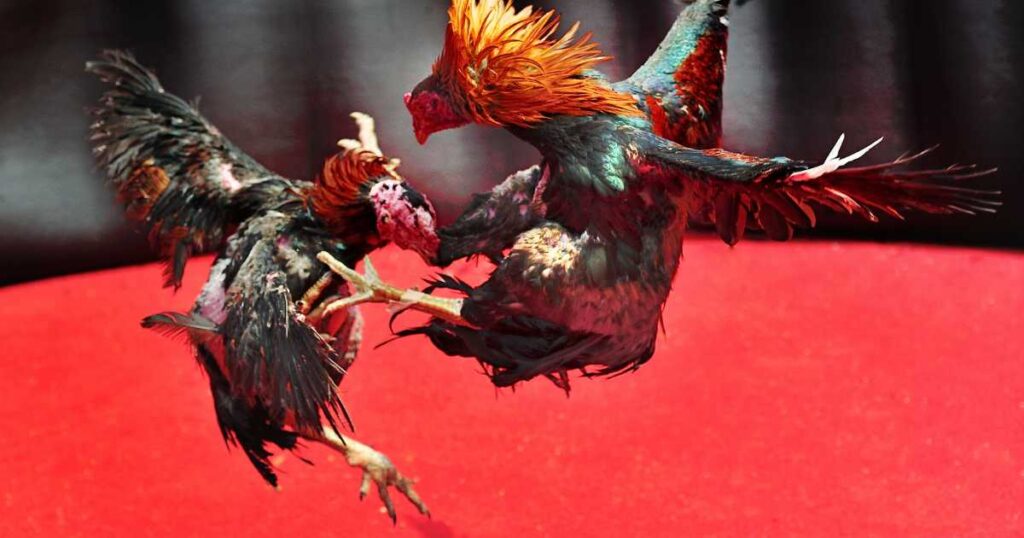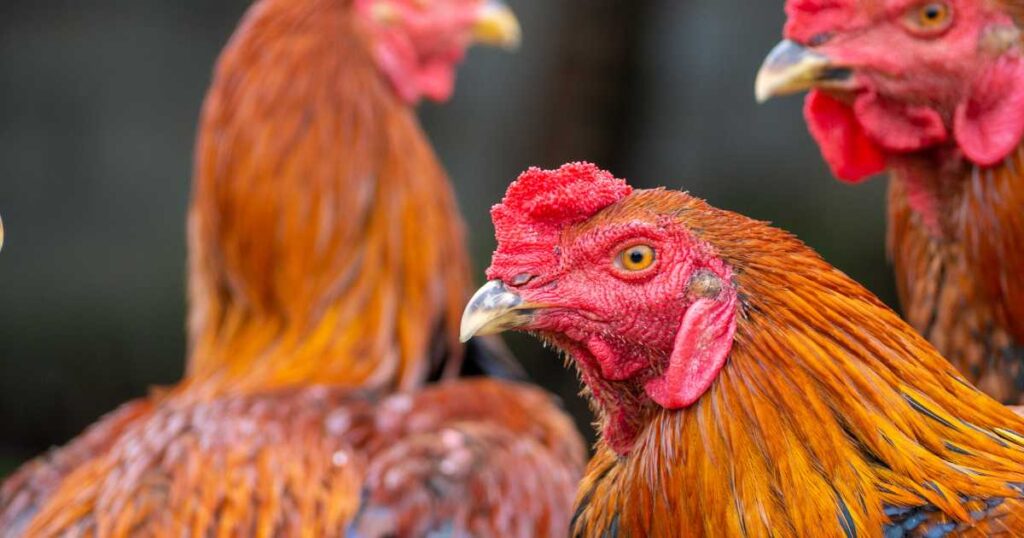
Sabong, a beloved and deeply entrenched tradition in the Philippines, finds itself at a crossroads today, facing a multitude of challenges and opportunities in the ever-evolving rooster arena. This age-old practice, often referred to as “Sabong,” encompasses much more than just cockfighting; it’s a cultural heritage, a source of livelihood, and a vibrant community.
However, as societal values shift, animal welfare concerns rise, and economic dynamics change, cockfighting stands on the precipice of transformation. In this exploration, we delve into the pressing challenges and exciting opportunities that lie ahead for Sabong, examining its complex role in contemporary Filipino society.
Cockfighting isn’t a recent craze; it’s been part of Filipino culture for centuries. While it had its beginnings in pre-colonial rituals, it evolved significantly during the Spanish colonization era. Back then, it wasn’t just about entertainment; it was also a subtle form of resistance against the Spanish rulers. Understanding this historical context is key to grasping the economic side of Sabong.
Fast forward to today, and you’ve got a massive cockfighting industry. Millions of fans across the Philippines fuel this phenomenon. The industry isn’t just about the fights; it encompasses everything from breeding and training gamecocks to hosting electrifying cockfighting events. Cockpit arenas, once simple venues, have transformed into cutting-edge facilities that draw local and international audiences alike. These arenas are the heartbeats of the cockfighting economy.
A major chunk of the cockfighting economy revolves around breeding gamecocks. It’s no small business – breeders invest a significant amount of time, money, and effort into producing top-notch gamecocks. Some gamecock breeds are like gold, commanding sky-high prices. The breeding process involves meticulous selection of pairs, specialized nutrition, and expert care. It’s all part of the allure of this side of Sabong.
Buying and selling gamecocks are at the core of cockfighting economics. Auctions and markets are where breeders and enthusiasts trade their prized birds. Prices can be all over the map, depending on factors like the bird’s lineage, age, and previous performance. The demand for gamecocks keeps the market buzzing, and successful breeders can see some serious profits.
Now, let’s talk about the adrenaline-pumping element: betting. It’s practically woven into the fabric of cockfighting culture. Betting adds an extra layer of excitement to the already intense spectacle of roosters going head-to-head in the arena. Betting in cockfighting is a whole different world, with its own language, odds, and rules. It’s like a subculture within Sabong.
High-stakes cockfighting tournaments draw in not just hardcore enthusiasts but also casual bettors looking to try their luck. The promise of big winnings can lead to some hefty sums changing hands during a single match. This financial aspect adds another layer to the cultural and sporting aspects of Sabong.c

Cockpit arenas aren’t just venues; they’re tourist attractions. Tourists, whether local or from abroad, are drawn to the electric atmosphere of these arenas. The economic impact of cockfighting tourism isn’t limited to ticket sales; it extends to hospitality, transportation, and local businesses benefiting from the influx of visitors. These arenas often become economic hubs in their regions.
However, cockfighting tourism isn’t without its share of challenges and controversies. The ethical concerns around animal welfare have sparked debates and raised concerns among animal rights advocates and international organizations.
The cockfighting industry operates under a framework of regulations, though these can vary from one place to another. In the Philippines, the Games and Amusements Board (GAB) is responsible for regulating Sabong. Operators of cockpit arenas must obtain licenses, and the industry is subject to taxation. This regulatory framework aims to ensure that cockfighting is conducted fairly and within the bounds of the law.
Efforts are ongoing to combat illegal Sabong, which operates outside this regulatory framework. The presence of unlicensed events and underground gambling rings poses challenges to the industry and raises questions about the broader economic impact of the unregulated sector.
The economic influence of cockfighting ripples out, touching various parts of the supply chain. Businesses that supply feed, equipment, and healthcare products to gamecock breeders and enthusiasts thrive, creating a web of interdependence. Employment opportunities abound, from cock handlers to arena staff.
Cockfighting arenas often become community centers, hosting not just matches but also social gatherings, cultural events, and celebrations. The economic and social contributions of cockfighting are deeply intertwined with the fabric of these communities.
Yet, for all its economic significance, cockfighting is not without controversy. Ethical concerns about animal welfare have led to calls for stricter regulations and, in some cases, outright bans. Balancing the demands of tradition with evolving ethical standards presents a challenge for the industry.
Moreover, disparities exist within thecockfighting industry itself. While top breeders and operators thrive, small-scale breeders may struggle to compete. Addressing these disparities and ensuring a more equitable distribution of economic benefits is an ongoing challenge.
As the cockfighting industry evolves, it faces both uncertainty and opportunity. Sustainability is a growing concern as stakeholders seek ways to ensure the long-term viability of the industry while addressing animal welfare concerns. Technological advancements in breeding practices, veterinary care, and arena management are reshaping the landscape.
As Sabong continues to evolve, it remains a captivating blend of culture, tradition, and commerce. The economic foundations of this age-old tradition reflect its deep-rooted significance in Filipino society.
In the Philippines, cockfighting isn’t just a sport or a pastime—it’s a cultural heritage and a thriving economic ecosystem. From breeding prized gamecocks to the thrill of Sabong tourism and the complex world of betting, Sabong economics is a fascinating journey through tradition and commerce. But it also faces challenges, especially in navigating the ethical concerns surrounding animal welfare and addressing economic disparities within the industry.
As cockfighting moves into the future, it must find a balance between its rich tradition and the changing world. The intricate web of economics that surrounds cockfighting underscores its profound importance in Filipino society.
For more insights into Sabong economics and the cultural significance of this ancient tradition, check out TMT Play 88. Dive into the history, economics, and cultural dimensions of Sabong on our platform, where both enthusiasts and curious minds can explore this captivating world.